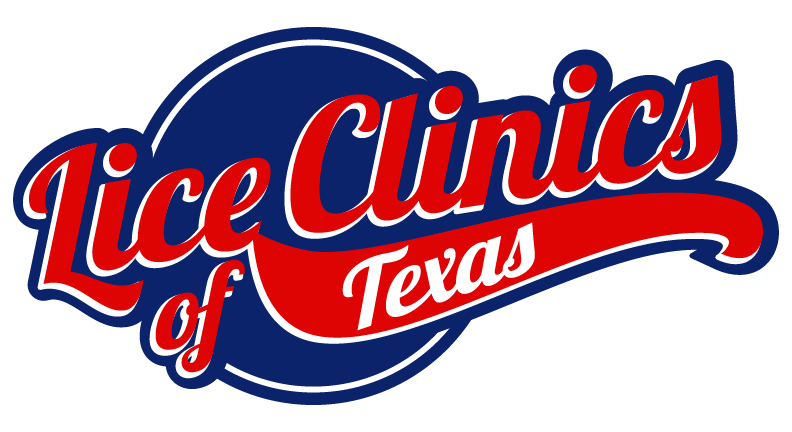We do everything we can to protect our children. But you may be surprised at the ingredients used for lice treatment throughout the world. Benzyl alcohol has been reported to cause skin and irritation. Lindane (Kwell) and Malathion are extremely toxic to the human nervous system and have even led to death. Tea tree oil has been reported to cause breast growth in boys and early breast growth in girls as early on as 4 or 5 years old. These are all substances found in common lice treatments used on children – in our country. Shocking, right? When you examine what is in these products, it’s pretty scary.
A recent article published by Yahoo reports some disturbing data that links a common chemical found in head lice treatments to behavioral difficulties in children. They pulled research from the journal, Occupational & Environmental Medicine, which found that “children who had higher levels of certain pyrethroids — which are synthetic chemicals used in insecticides such as head lice treatments and some mosquito repellents — in their system, were more likely to display abnormal behaviors at age 6 than those who didn’t.”
What are Pyrethroids?
A pyrethroid is an organic compound similar to the natural pyrethrins produced by the flowers of pyrethrums. Pyrethroids now constitute the majority of commercial household insecticides. Yes, the same chemical used to nspray and kill insects in or outside of your home are present in many lice treatments to kill bugs on your child’s head. That’s a little concerning.
According to the Yahoo article, “Pyrethroids work by damaging the nerves of insects, killing them in the process and scientists wanted to see if they had a negative impact on children as well. (Permethrin, an active ingredient in the most popular drugstore lice treatments, is a pyrethroid).”
How Did They Test This?
Researchers began by measuring levels of five pyrethroid metabolites in the urine of women in the early stages of pregnancy, and later, in their 6-year-olds to see if there was a link between being exposed to the chemical in utero and childhood, and behavior that could suggest neurodevelopmental damage.
About 600 women filled out a questionnaire about socioeconomic factors, lifestyle, their child’s behavior, and various things their child had been exposed to. Psychologists also did behavioral assessments on the children, along with taking urine and dust samples.
There was then a behavioral test conducted on the children by using a Strengths and Difficulties Questionnaire, which is a validated behavioral screening test for children, with a focus on altruism (how social they are), internalizing disorders (the inability to share problems and asking for help), and externalizing disorders (being defiant and disruptive).
Three of the pyrethroid metabolites showed up most often in the urine of mothers and their children: trans-DCCA, cis-DBCA, and cis-DCCA.
Conclusion
After conducting long-term research, they concluded that mothers with higher levels of cis-DCCA in their urine during pregnancy were more likely to have children with a higher risk of internalizing behaviors. Higher levels of another metabolite, 3-PBA, in the children’s urine was linked with a higher risk of externalizing behaviors. Overall, children with the highest level of metabolites in their urine were three times more likely to have abnormal behavior than those with lower levels. As a result, the researchers concluded that pyrethroids might alter neurochemical signaling in the brain.
To reiterate, many common drugstore lice treatments contain this very chemical that has been shown to cause neurological damage, resulting in behavioral abnormalities in children. This study will send chills up any parent’s spine. But the good news is you don’t have to use a lice treatment that has detrimental effects on your child.

